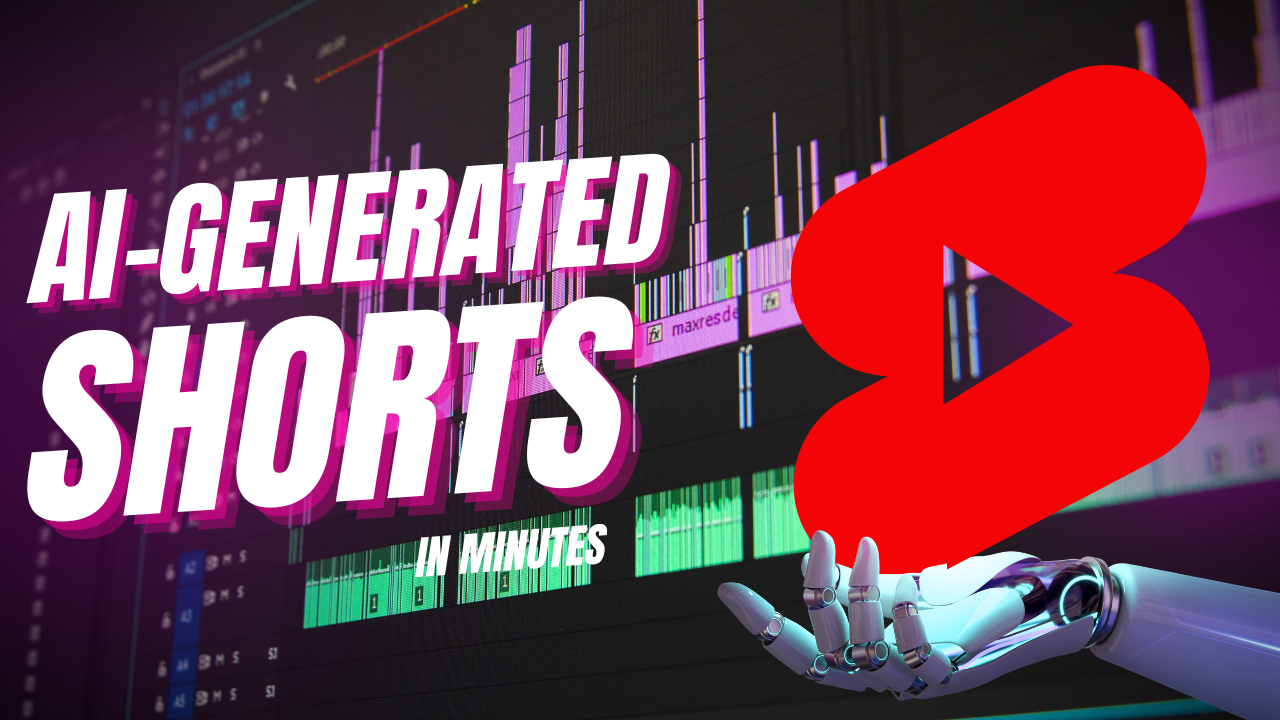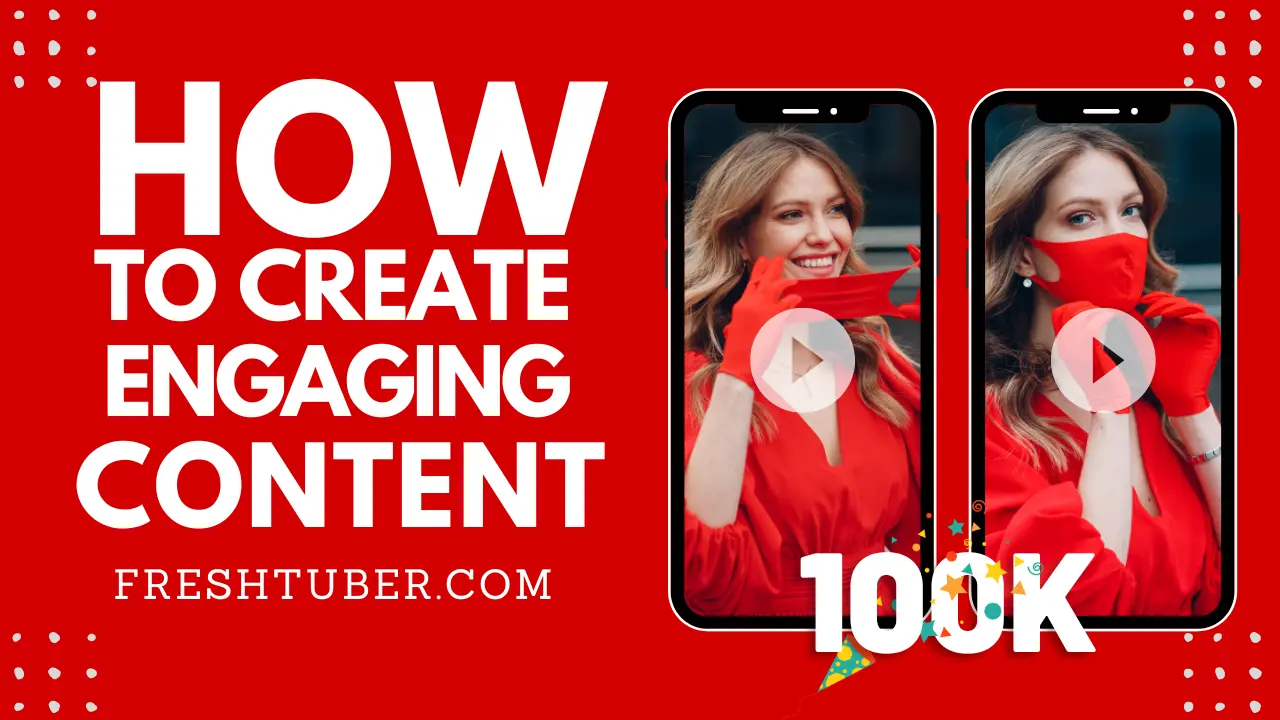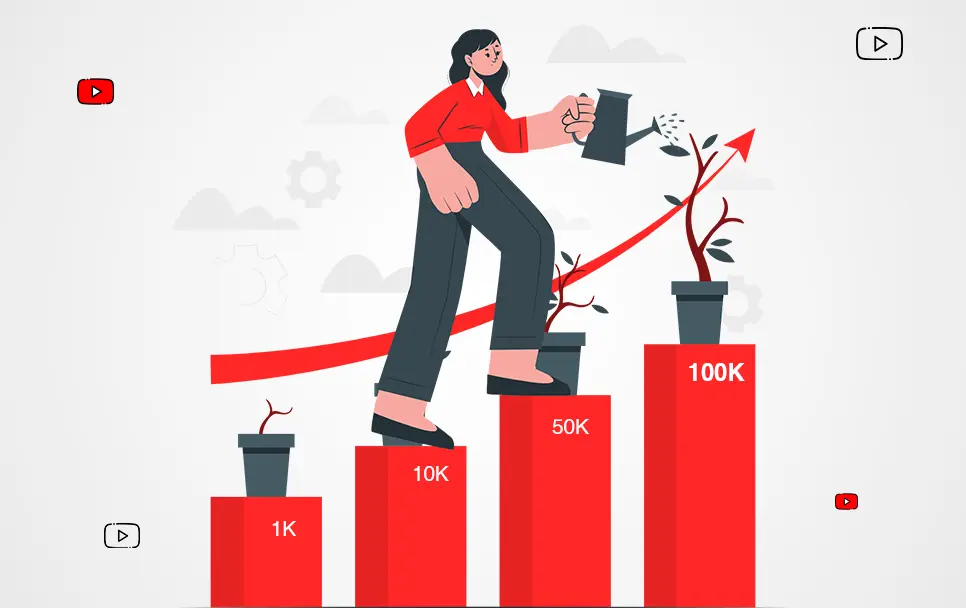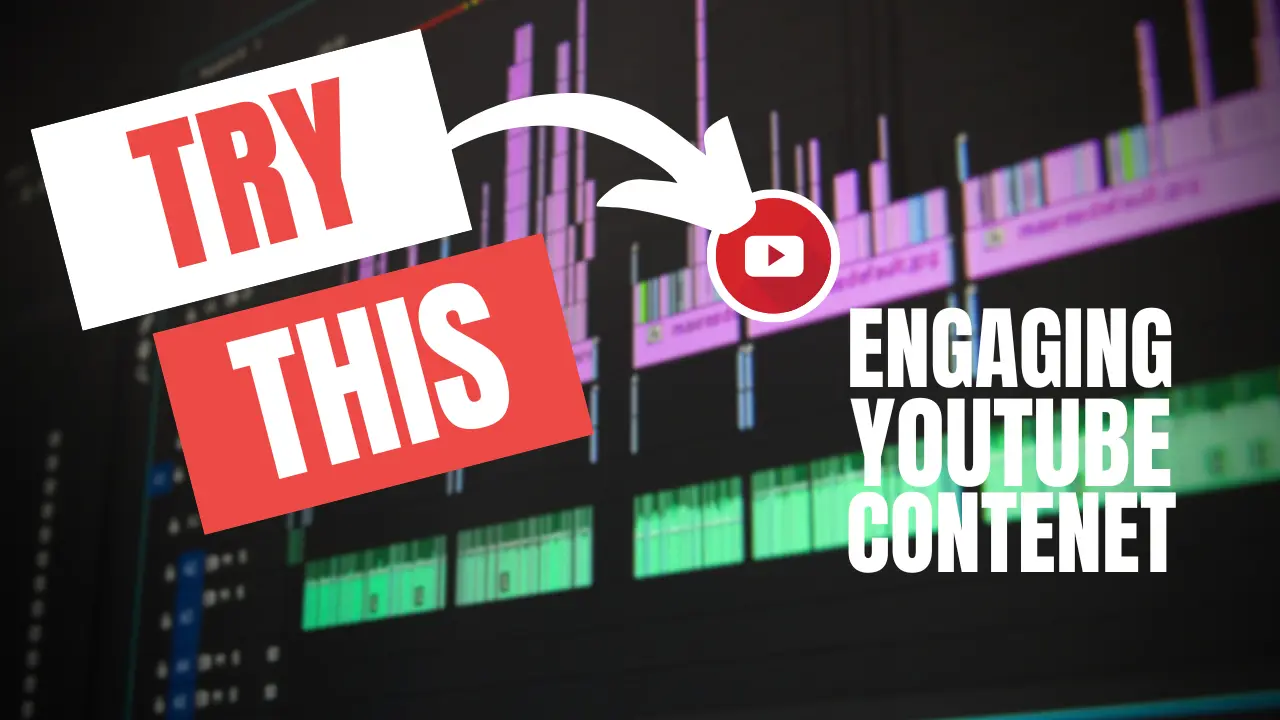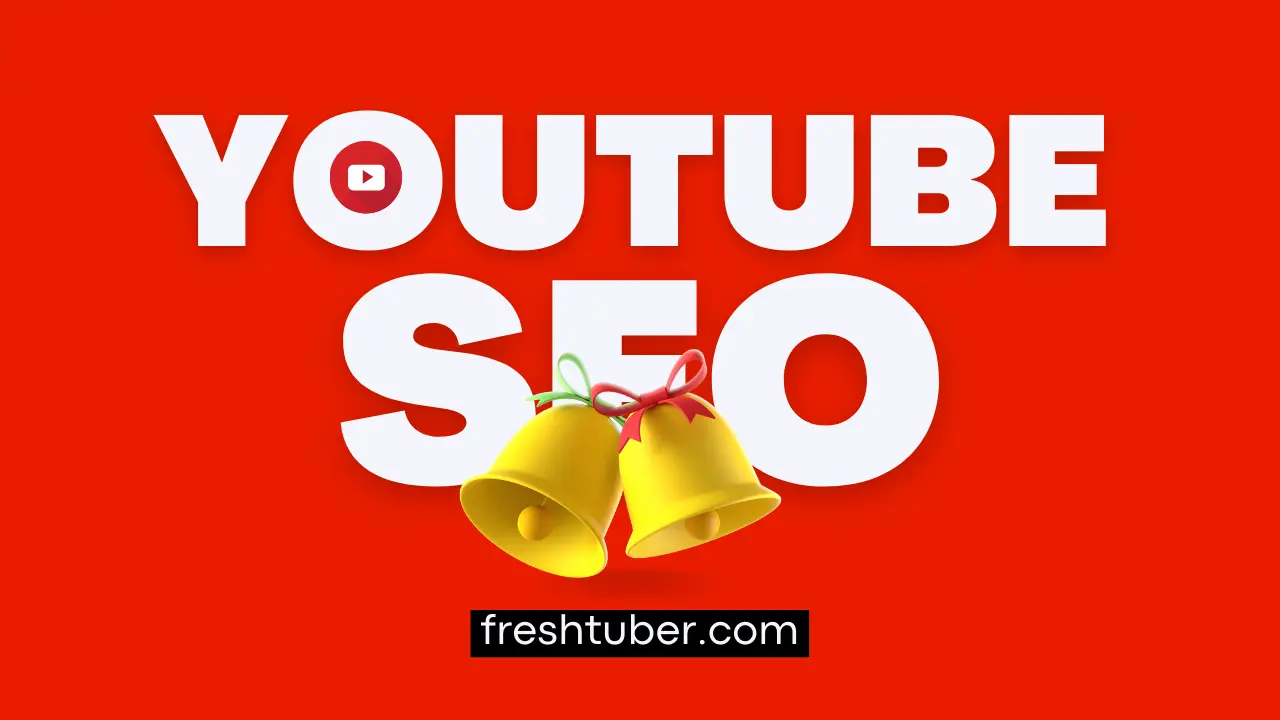The YouTube algorithm is a complex system that determines which videos appear in users’ feeds, search results, and recommendations. It’s a critical factor for creators who want their content to reach a wider audience. In 2023, the YouTube algorithm has evolved significantly, and understanding its workings is more important than ever.
Cracking the YouTube Algorithm Code in 2023: Dive into our comprehensive guide that unravels the mysteries of YouTube’s algorithm. Learn how to optimize your content, engage your audience, and skyrocket your channel’s performance. This is your roadmap to YouTube success, whether you’re a seasoned creator or just starting out. Don’t miss out on these game-changing insights!
The Evolution of the YouTube Algorithm
In the early days of YouTube, the platform’s algorithm was relatively simple. It primarily focused on view counts, meaning the more views a video had, the higher it would rank. However, this system was flawed as it encouraged clickbait and didn’t necessarily promote quality content.
Over the years, YouTube has made several changes to its algorithm to improve the user experience and promote high-quality content. In 2023, the YouTube algorithm is more sophisticated, taking into account a variety of factors such as watch time, viewer engagement, and video quality.
How the YouTube Algorithm Works in 2023
The YouTube algorithm in 2023 works by analyzing a variety of factors to determine which videos to recommend to users. These factors include:
Watch Time
Watch time refers to the amount of time users spend watching a video. It’s one of the most critical factors the YouTube algorithm considers. Videos that keep viewers engaged for longer periods are more likely to be recommended by the algorithm.
Viewer Engagement
Viewer engagement includes likes, comments, shares, and subscriptions. The more engagement a video receives, the more likely it is to be recommended by the algorithm.
Video Quality
High-quality videos are more likely to be recommended by the YouTube algorithm. This includes both the technical quality of the video (such as resolution and audio quality) and the content quality (such as relevance and usefulness).
User History
The YouTube algorithm also considers a user’s viewing history when recommending videos. If a user frequently watches a particular type of content or channel, the algorithm is more likely to recommend similar videos.
Understanding the YouTube Algorithm in 2023
The YouTube algorithm is a complex system that determines which videos are recommended to viewers. Understanding how it works can significantly improve your channel’s performance and engagement.
The Concept of Audience Rings and Topic Sectors
The YouTube algorithm operates within what Nate describes as “audience rings.” These rings represent the entirety of YouTube’s audience, with each sector within the ring representing a different topic. For instance, one sector might be dedicated to lawn care, another to lawn equipment, and another to landscaping.
The rings are divided into three levels of awareness: the innermost ring represents niche topics with less awareness, the middle ring represents more specialized topics, and the outermost ring represents broad, popular topics with a wide appeal.
The Role of Audience Profile in the Algorithm
The YouTube algorithm creates an “audience profile” for each channel, which is a representation of the channel’s target audience based on the topics covered in its content. This profile is built based on the metadata of the videos and their performance over time. The algorithm uses this profile to determine which audience would be most interested in a channel’s new content.
How the Algorithm Tests Videos
When a new video is published, the algorithm first tests it with the channel’s core audience, as determined by the audience profile. It then tests the video with fringe audiences to see how it performs. If the video does well with a particular audience, the algorithm will continue to recommend it to similar viewers, thus expanding its reach.
The Importance of Aligning Your Content with Your Audience Profile
For a video to perform well, it needs to align with the channel’s audience profile. If a video is too far outside the profile, it may not perform well because it doesn’t resonate with the channel’s core audience. Therefore, it’s crucial for creators to understand their audience profile and create content that aligns with it.
The Impact of Channel Size on Video Performance
Larger channels often have an advantage on YouTube because they have a larger audience profile. This means that when they publish a new video, the algorithm has a larger pool of viewers to test the video with. However, this doesn’t mean that smaller channels can’t succeed. They just need to consistently publish quality content to gradually expand their audience profile.
Optimizing Your Content for the YouTube Algorithm
Understanding the YouTube algorithm is only half the battle. To increase your video’s visibility, you need to optimize your content for the algorithm. Here are some tips to help you do that:
Improve Watch Time
To improve watch time, make sure your videos are engaging and provide value to the viewer. Use compelling visuals, clear audio, and a captivating storyline to keep viewers hooked.
Encourage Viewer Engagement
Encourage viewers to like, comment, share, and subscribe to your channel. You can do this by asking viewers to engage in your video’s outro, providing valuable content, and responding to comments.
Ensure High Video Quality
Invest in good recording and editing equipment to ensure your videos are of high quality. Also, make sure your content is relevant and useful to your target audience.
Understand Your Audience
Use YouTube’s analytics tools to understand your audience’s preferences and viewing habits. This can help you create content that your audience will enjoy and engage with.
FAQs on YouTube Algorithm 2023
How does the YouTube algorithm work in 2023?
The YouTube algorithm works by creating an audience profile for each channel based on the topics covered in its content and the performance of its videos. It then uses this profile to determine which audience would be most interested in a channel’s new content.
How does the algorithm test new videos?
When a new video is published, the algorithm first tests it with the channel’s core audience. It then tests the video with fringe audiences to see how it performs. If the video does well with a particular audience, the algorithm will continue to recommend it to similar viewers.
Why do larger channels often perform better on YouTube?
When a new video is published, the algorithm first tests it with the channel’s core audience. It then tests the video with fringe audiences to see how it performs. If the video does well with a particular audience, the algorithm will continue to recommend it to similar viewers.
How can I align my content with my audience profile?
To align your content with your audience profile, you need to understand the topics that resonate with your audience and create content around those topics. You can use YouTube’s analytics tools to gain insights into your audience’s interests and preferences.
How can I expand my audience profile on YouTube?
You can expand your audience profile on YouTube by consistently publishing quality content that aligns with your audience’s interests. Over time, this will attract a wider audience and help you build a larger audience profile.
Final Thoughts
Understanding the YouTube algorithm is crucial for anyone looking to grow their channel and engage their audience effectively. By understanding how the algorithm creates audience profiles and tests new videos, you can create content that aligns with your audience’s interests and preferences, thereby improving your channel’s performance.
Remember, the key to success on YouTube is consistency. Keep publishing quality content that resonates with your audience, and over time, you’ll see your audience profile expand and your channel grow.
In the ever-evolving landscape of YouTube, staying updated with the latest algorithm changes is essential. As we move further into 2023, it will be interesting to see how the algorithm continues to evolve and what new strategies content creators will need to adapt to stay ahead.
Remember, the YouTube algorithm is designed to provide viewers with the best possible content. By focusing on creating high-quality, engaging content that resonates with your audience, you’ll not only improve your channel’s performance but also provide value to your viewers, which is the ultimate goal.
